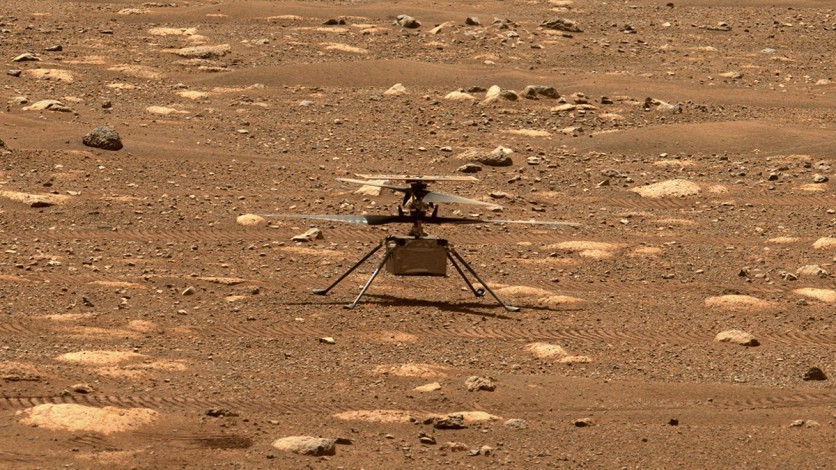NASA Ingenuity Mars Helicopter successfully completed its first rapid spin test at full speed, marking an important milestone on the path to flight around the red planet.
The feat also coincides with the 154th anniversary of the birth of Wilbur Wright, one of the iconic brothers who invented and flew the first powered aircraft.
Ingenuity Mars Helicopter Hurdles Before Test Spin
The Ingenuity Mars Helicopter underwent through a number of engineering challenges before taking its first spin, causing a delay in the original plan to fly on Apr. 11.
According to Engadget's Apr. 10 report, the high-speed spin test done a day before had to be stopped prematurely after "watchdog" timer expiration.
The error occurred while the Ingenuity team was transitioning the flight computer from "Pre-Flight" to "Flight" mode.

NASA assured that the helicopter, which rode to Mars attached to the belly of the Perseverance rover, is safe and was able to communicate appropriately to Earth.
Critical functions of the Ingenuity, such as power and thermal controls, remain stable as well.
Read Also: NASA Announced Delay of Mars' Helicopter Flight, Ingenuity, After Test Was Deemed Unsuccessful
NASA Ingenuity Team's Action Plan
The NASA Ingenuity team had found a software solution that could solve the command sequence issue during the high-speed spin-up test.
After testing multiple potential solutions, the team considered modifying and reinstalling Ingenuity's flight control software as the best path to take.
According to NASA's blog post on Apr. 12, the software update will allow Ingenuity's hardware and software to transition to "Flight" mode safely.
However, it will take time for the Ingenuity team to validate and complete its uplink to the helicopter and follow a certain process with careful and deliberate steps.
The process includes:
- Diagnosing the issue and develop potential solutions
- Developing/validating and uploading the software
- Loading the flight software onto flight controllers
- Boot Ingenuity on new flight software
Ultimately, the Ingenuity team decided to add a few commands to the flight sequence, which was tested extensively on both Earth and Mars and was deemed successful without risking the safety of the helicopter.
Ingenuity Mars Helicopter's First Spin
On Apr. 16, the Ingenuity Mars Helicopter transmitted information that it completed its first rapid spin test at full speed.
The momentous milestone would allow the Ingenuity team to move to the next phase, a 30-second hover at 10 feet.
If successful, the Ingenuity Mars Helicopter will make its first autonomous powered flight on the red planet.
Moreover, the Ingenuity's first test flight would be followed by additional experimental flights to extend the helicopter's distance and altitude farther and higher.
Once all the tests NASA had slated for the Ingenuity have completed, the helicopter will be tapped to perform scientific missions.
Related Article: WATCH! NASA Hyped Up Mars 2020 Mission with Animated Trailer
This article is owned by Tech Times
Written by Lee Mercado
![Apple Watch Series 10 [GPS 42mm]](https://d.techtimes.com/en/full/453899/apple-watch-series-10-gps-42mm.jpg?w=184&h=103&f=9fb3c2ea2db928c663d1d2eadbcb3e52)



